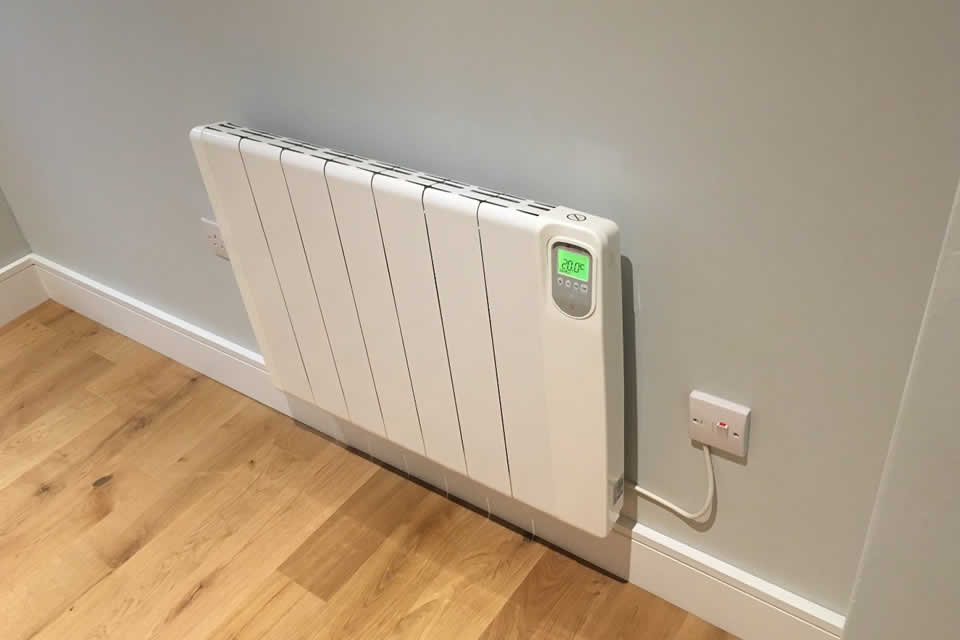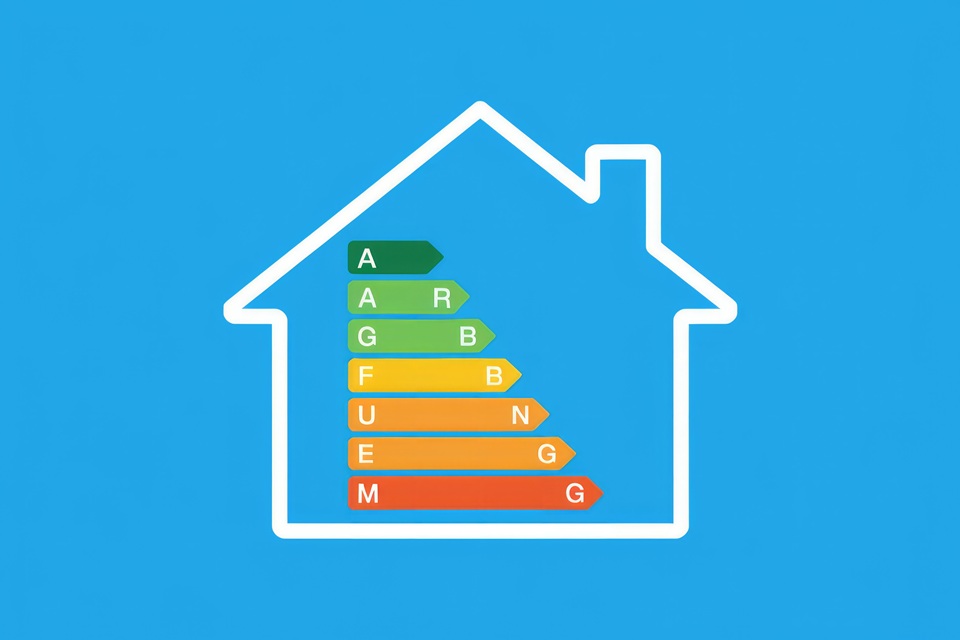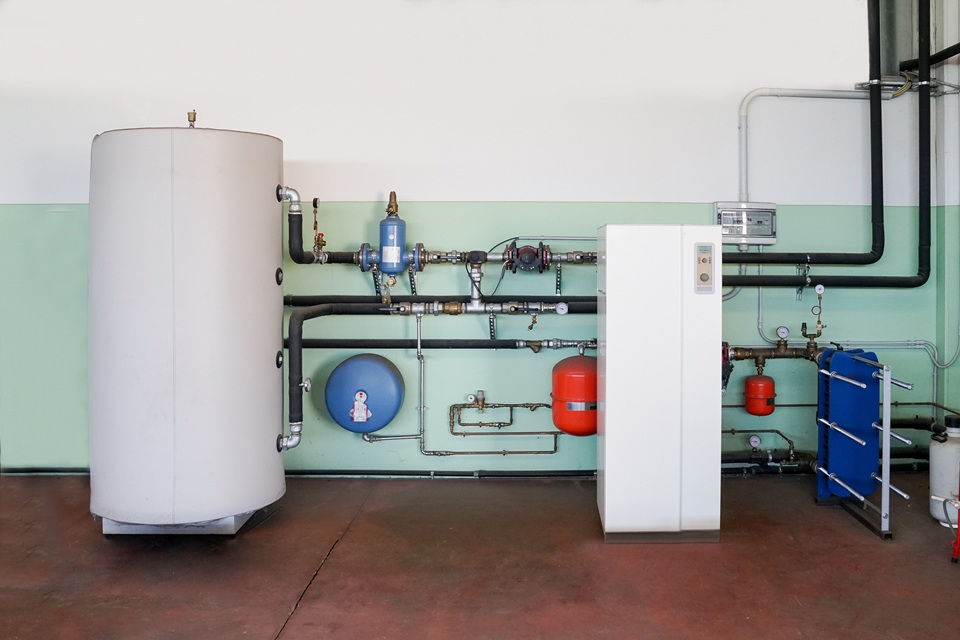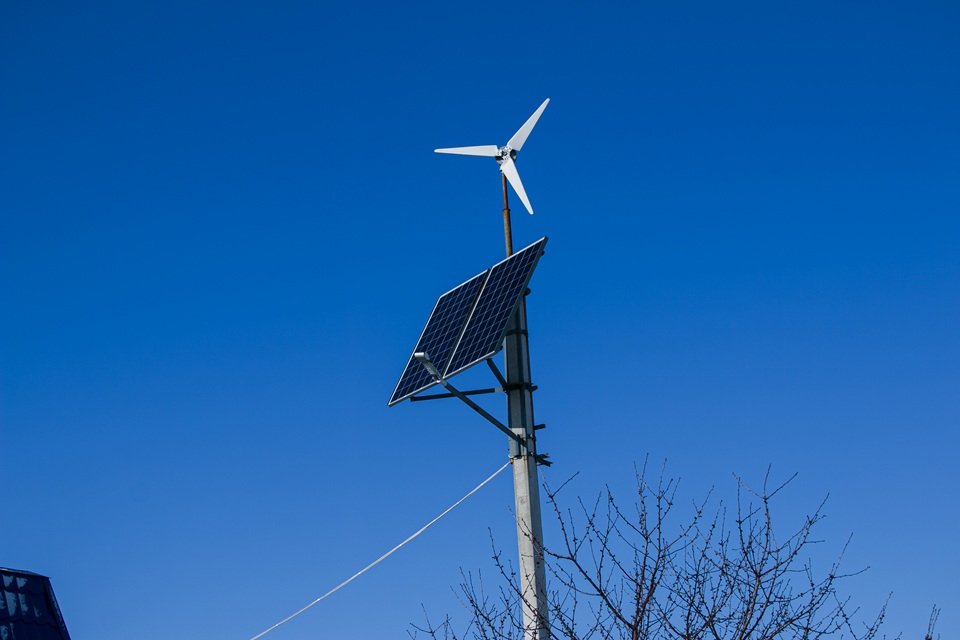Introduction
Energy-efficient radiators come in a variety of forms that are all suited to different homes, buildings and need. They also range in price, so if you’re considering upgrading to energy-efficient radiators, this guide will be perfect for helping you make the right decision for your needs.
Types of Energy Efficient Radiators
Not all radiators are the same. There is an abundance of different styles and designs, and some are designed to suit different properties. However, a certain section of radiators is designed to be energy efficient, something that is growing increasingly important to everyone in modern times. From financial savings to a positive impact on the environment, energy-efficient radiators have a whole host of pros, but of course, they are not without their negatives too. Take a look at the different radiators below and decide which is the best option for you.
Dual Fuel Radiators
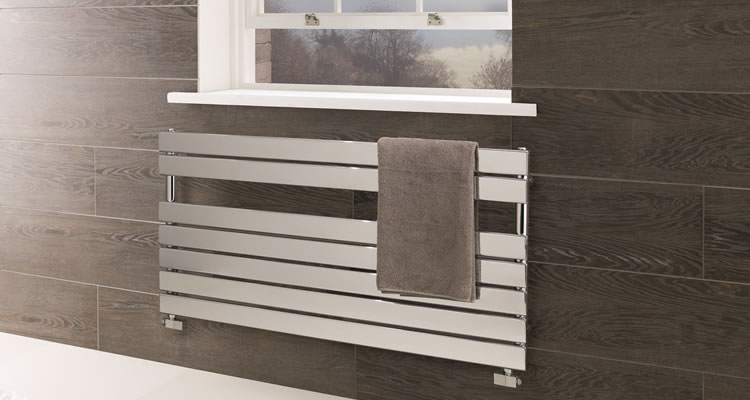
Dual fuel radiators are one of the hottest new products in the heating industry and range in styles from towel rails to vertical kitchen heaters. They are a really useful investment for your home for a variety of reasons, and their versatility can make them superior to purely electrical or purely central heating.
A dual fuel radiator can be powered through either central heating, or by electric and switch as freely as you want it to. This means that you can power all of your dual fuel radiators at one time using the central heating system, or isolate single radiators to heat certain rooms using the electric feature. Their versatility is unrivalled across the market, and their cost-efficiency is incredible. Below is a pros and cons list to illustrate where these radiators are beneficial and what you may miss out on by using them:
Pros
- Great for heating individual rooms – Maybe you just need to heat the bathroom for a toasty towel, or maybe you want to keep your child’s room cool in the summer. The ability to power certain radiators around the home is extremely useful.
- Use less gas – We all have those rooms that rarely get used but with a purely central heated radiator, this room will be heated regardless, wasting money whether you needed to or not.
- Switch quickly – On these dual fuel radiators, the input can be changed by simply turning a valve to cut off the central heating portion. It’s quick and easy to do.
Cons
- You’ll need to manually operate each radiator by hand
As you can see, there are hardly any negatives to these types of radiator, and you can purchase them without breaking the bank as well. You can buy them for as little as £90 or as much as £450. It all depends on the size and style you need.
Electric Radiators
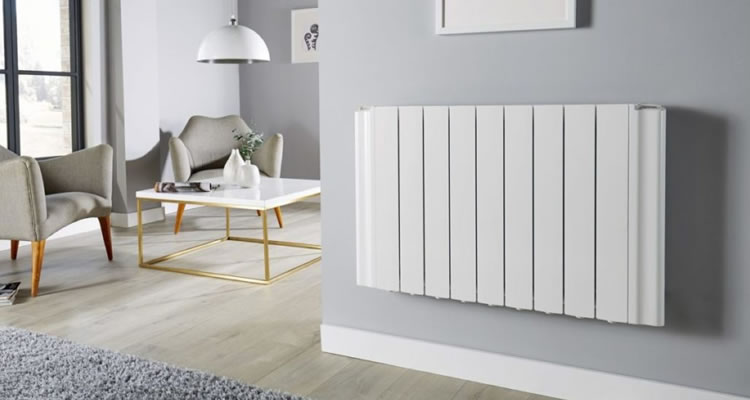
Electric radiators are a great way to heat your home with energy efficiency in mind, but it’s also a great solution to heat your home if you don’t have access to a gas supply. These types of radiators are incredibly easy to install as you only need a power outlet to allow them to work.
These radiators are actually filled with a thermodynamic fluid, often oil, which when used with electricity transfers into heat energy. Due to the lack of water inside the radiators, you don’t need to bleed them, making maintenance so much easier. The radiator will come with a thermostat for you to control the amount of heat emitted from the heater.
These radiators are cost-efficient, energy-efficient and perfect for smaller homes or apartments. You can buy small freestanding heaters from as little as £20 and larger, wall-mounted radiators can cost as much as £700 for large-sized ones. However, you can buy wall-mounted radiators suitable for homes for around £200. Here’s the pros and cons of using and installing electric radiators:
Pros
- With 100% of power being converted into heat, electric radiators are more energy efficient and environmentally friendly than central heating.
- You can control the temperature of electric radiators at the turn of a dial, something that is often lacking in traditional central heating systems.
- Quick and easy installation whether floor or wall mounted.
- Requires hardly any maintenance at all and very rarely need the attention of tradesmen.
Cons
- Although extremely rare, power outages would render your heating system unusable.
- While the equipment themselves are cost efficient, the power to run them is around 3 times as expensive as gas. However, you may not need to use it as often as central heating and you can power electric radiators individually, meaning you should still see some savings.
Double Panel Radiators
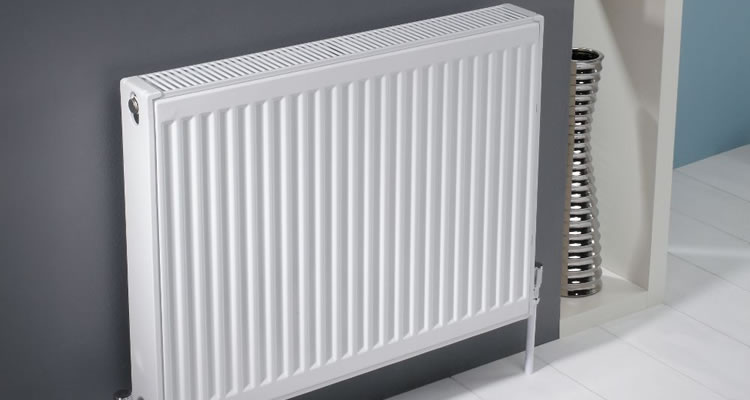
Double panel radiators are also sometimes referred to as type 22 radiators and are comprised of two steel panels and two convectors that produce the heat aspect of the radiator. They are specifically useful for rooms that are larger than average as they produce an increased amount of heat than standard radiators. In turn, the longer the panels on the radiator, the more heat will be emitted from it. This provides a greater amount of heat for the time that you have the radiator on.
They are actually pretty cheap to purchase ranging from £60 to £130. This is an incredible value for the amount of heat they produce and are a fantastic option for vast spaces. Here are the pros and cons of these types of radiators.
Pros
- They can be bought very cheaply and are widely available in different sizes and styles to suit all rooms.
- You get double the strength of a traditional radiator, without the need to power it for longer. Heating large rooms much faster improving the cost-efficiency aspect.
Cons
- Double panel radiators can be a little bulky for some rooms.
- Can sometimes prove to be too powerful for smaller rooms, overheating them and making them uncomfortable.
- Designs are usually pretty bland and basic.
Aluminium Radiators
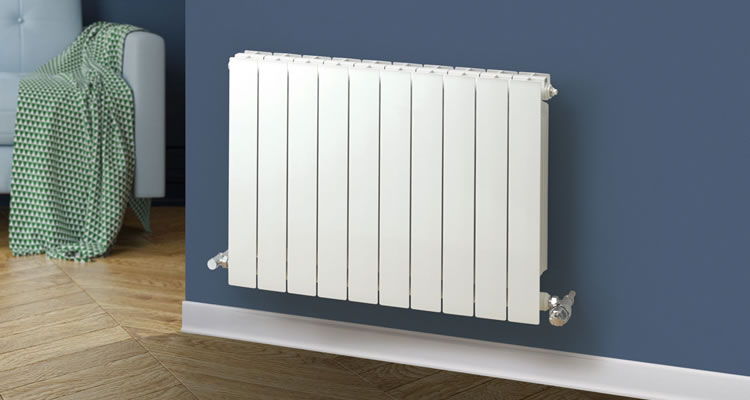
Aluminium radiators are designed to heat up much quicker than other radiators and also run at an extremely high temperature compared to others. This makes them generally cheaper to run when compared to how long you need to keep them burning power. In addition to its heating properties, aluminium is very resistant to corrosion, making maintenance much easier over time and increasing the life expectancy of your radiator. Aluminium radiators can also be recycled very easily furthering their environmental friendliness.
They are priced a little higher than others with aluminium radiators ranging from £150 to £600. As with most radiators, the size defines the cost. Here are the pros and cons of aluminium radiators:
Pros
- Heat incredibly fast and to a high temperature to keep running time low and cost effective.
- Can be easily recycled at the end of its lifecycle.
- Contains very little water and doesn’t corrode easily giving them a long lifespan.
- Extremely lightweight.
Cons
- Can be more costly than other radiators.
- Can be dangerous around children if not protected due to its high heat.
- Can cool down just as quickly as it heats.
Monthly Cost of Energy Efficient Radiators

The cost efficiency aspect of energy-efficient radiators varies due to a vast array of factors such as house size, location in the house, flooring, season and many other things. However, you can estimate the approximate running cost of an energy-efficient radiator to see which would suit your needs and your home best. We break down the estimated monthly cost for each radiator below.
Dual Fuel Radiators
Dual fuel radiators are probably the hardest to estimate due to the flexibility of them. But here are some estimates that should help you decide.
The exact price depends on the rate you receive from your service provider for gas and electricity. To estimate the cost of your dual radiator, use this equation:
Daily cost of radiator = Radiator output (kW) x hours in use x pence per kW hour
You can use this same equation to compare an energy-efficient radiator to your current equipment. The cost depends on the amount of time spent on either setting, the number of hours you use the radiator and various other factors within your home. However, by installing a dual fuel radiator, each time you use the electricity function on individual radiators as opposed to powering all of them, you will be making clear savings on your monthly cost.
Electric Radiators
On the surface, it may seem that gas is the cheaper option when it comes to heating your home considering gas is around 3-4 times cheaper than electricity per kWh. However, this doesn’t take into account the apparatus that uses gas and electricity.
Electric heaters save you money because they can be powered up individually. So, instead of turning on and powering 8 radiators around your home each time you need your bedroom to warm up, you simply power one up instead. You also save money in the time it takes to heat up, with electric heaters reaching your desired temperature in half the time. Gas boilers also waste a significant amount of energy at around 10%.
Double Panel Radiators
These radiators still use a traditional method of gas heating; however, they are designed to emit a far increased amount of heat in the same amount of time. Some people that have large rooms in their house find that no matter how long they leave their traditional radiator on for, the room never warms up properly. This is due to the radiator being unable to produce enough heat.
By using a double panel radiator, you can heat large rooms adequately and extremely quickly, reducing the time you need it powered greatly. These may prove not to be cost-efficient in smaller rooms and may be too powerful, so it’s imperative that you choose this radiator carefully to reap the cost-saving benefits.
Aluminium Radiators
Aluminium radiators provide cost-saving benefits due to a few factors. Firstly, they heat extremely quickly and to a high temperature. Much like the dual panel radiator, this enables you to spend much less time with your radiator in action and burning energy, ultimately spending less per month. It’s estimated that aluminium radiators save around 5-10% per year compared to traditional heating.
Yearly Cost of Energy Efficient Radiators
The cost savings on energy-efficient solutions are often enjoyed and better monitored over a period of years as opposed to weeks or months. This is often because viewing them over too short a time period can hide the savings made.
Each of the radiators we’ve overviewed and explored provides savings in different ways and for different homes. Electric and aluminium are perfectly suited to smaller spaces, dual fuel is the best option for those that require more flexibility and control, and the double panel will heat large spaces with ease.
If you choose the correct solution, you will see the results over the period of the year. But keep in mind the other factors that you can control of consideration when purchasing an energy-efficient radiator or set of radiators. Consider how your home impacts the cost of heating with factors like wooden flooring, draughty doors or windows, the number of radiators around your home and how often you use the heating system.
Potential Savings Switching to Energy Efficient Radiators
If you’re looking to replace your current heating system with an energy-efficient system, there are savings to be made during this process. For one, if you purchase a full set with a provider, there may be huge discounts to be enjoyed from the supplier or retailer. You could also explore the option to install solar panels to generate your own electricity. Many people and households have opted for this in recent years due to the incredible savings on electricity bills. If you’re home benefits from lots of sunlight, it could even make you money over the years.
Keeping Your Radiators Efficient
There are a variety of ways to keep your heating system efficient over time by ensuring the correct maintenance and care is taken. Below is a list of ways you can ensure your radiators are working at their optimal level.
Flush Radiators
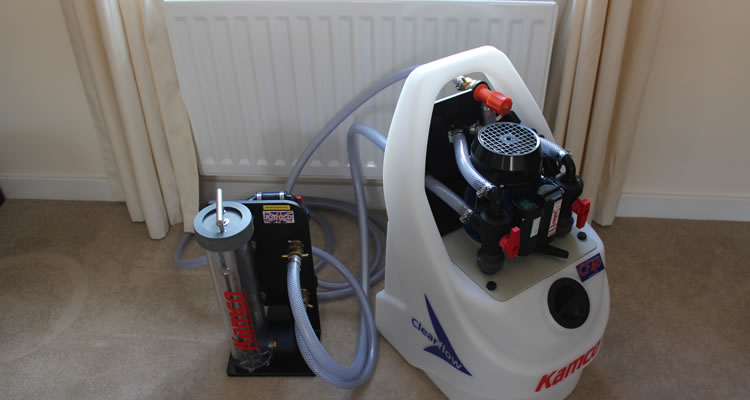
Radiators must be flushed to remove any hidden sludge or build up inside of them that suffocates the circulating liquid. You can tell if your radiator is suffering from this by the parts of the radiator that may be cold, while other parts are hot. Not only will this cost more money as you aren’t getting the heat required, but it was also start to affect your system as a whole. Here’s how to do it:
- Turn off your heating system
- Lay a sheet under the radiator you are going to flush
- Turn off all of the valves to cut the radiator off from the rest of the system
- Use a radiator key to open the bleed valve, catching the water and sludge in a bucket just underneath it
- Turn the key to lock it once there is nothing leaving the radiator
- Wipe down with a damp cloth, reopen the valves and turn on your heating system
Insulate Pipes
The idea surrounding insulating pipes is to limit the amount of heat lost from hot water pipes travelling to the radiator. Insulating pipes is a really cheap and easy way to further increase the performance of your heating system. Simply purchase some foam, caulk rope or fibreglass insulation from any hardware store and wrap them around your hot water pipes, being extremely careful not to burn your hands. It may be safer to shut off your heating system before working on the pipes.
Use Thermostatic Radiator Valves
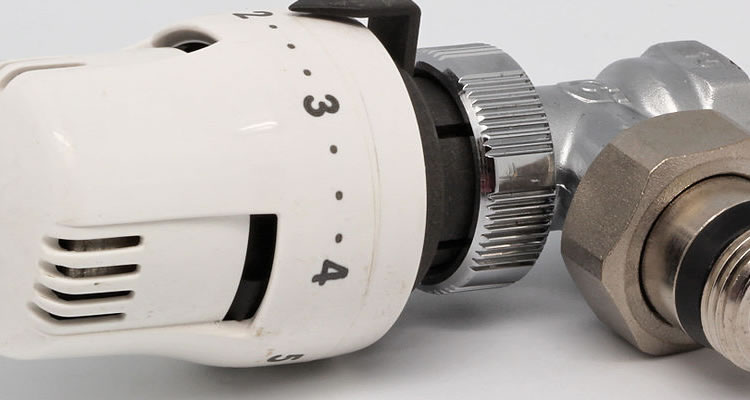
A thermostatic radiator valve is commonly referred to as TRV’s and is a radiator valve that is self-regulating when fitted to a hot water heating system. They work by sensing the temperature of the air in the room and in turn, adjusting the hot water flow to ensure the desired temperature is kept. They are very easy to fit and can be purchased in a wide variety of styles and colours for around £30.
FAQs
Q: Are oil radiators more energy efficient?
A: Oil radiators are more efficient based around the amount of wasted energy. Oil filled radiators convert all power into heat wasting no electricity.
Q: How much do solar panels cost?
A: You can purchase a solar panel set for between £4,000 and £6,000. This may seem like an extremely big purchase, but you will see the benefits for years to come and experts estimate they could pay for themselves in a matter of years.
Q: How do you install a thermostatic radiator valve?
A:
- Isolate the radiator
- Isolate the water supply to the radiator
- Remove the radiator from the wall following instructions from the radiator supplier
- Remove current valve
- Fit new valve following supplier instructions
- Re-fit the radiator to the wall
- Fit the new adapter and head
Q: How much does caulk rope cost?
A: Caulk rope usually costs around £1 per metre and can be found in any hardware store.
Q: How can I find out how much I am being charged per kWh?
A: Your energy provider will have full details about how much you are being charged per kWh and also if there is a way to reduce this by changing plan.
Sources
- https://companyblue.co.uk/blogs/news/how-to-calculate-electric-towel-rail-or-electric-elements-running-cost
- https://www.britishgas.co.uk/energy/gas-and-electricity.html
- https://www.heatandplumb.com/blog/is-a-heated-towel-rail-expensive-to-run/
- https://www.viessmann.co.uk/heating-advice/how-much-gas-does-a-boiler-use-per-hour
- https://communities.theiet.org/discussions/viewtopic/348/22814
- https://www.thegreenage.co.uk/cheaper-heat-home-gas-electricity/
- https://www.bisque.co.uk/blog-and-press/the-environmental-benefits-of-aluminium-radiators
- https://www.thegreenage.co.uk/how-to-make-heating-system-more-efficient/
- https://www.onlyradiators.co.uk/blog/how-to-guides/how-to-flush-sludge-in-radiators
- https://www.bestheating.com/info/how-to-flush-a-radiator-in-10-steps/
- https://www.thespruce.com/water-pipe-insulation-2718695
- https://www.screwfix.com/c/heating-plumbing/thermostatic-radiator-valves/cat831012
- https://www.futuradirect.co.uk/blogs/electric-heating/benefits-of-using-an-oil-filled-radiator
- https://www.theecoexperts.co.uk/solar-panels/cost
- https://www.ableskills.co.uk/blog/tutorials/how-to-fit-thermostatic-valves-to-your-radiator/

